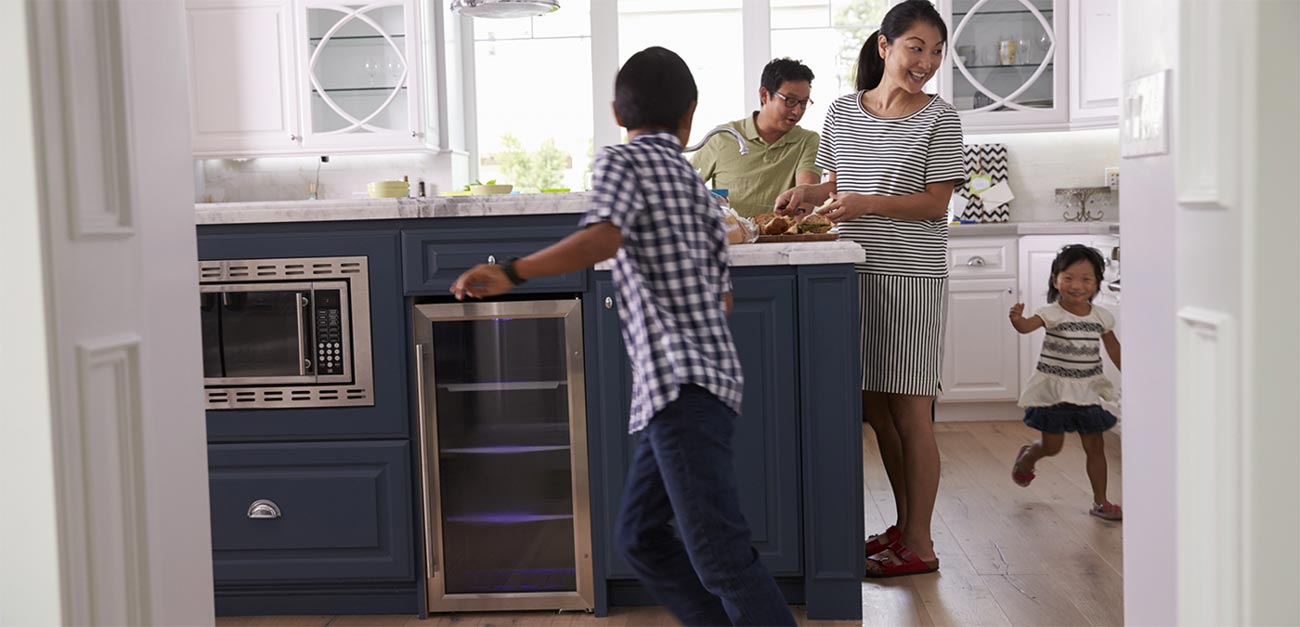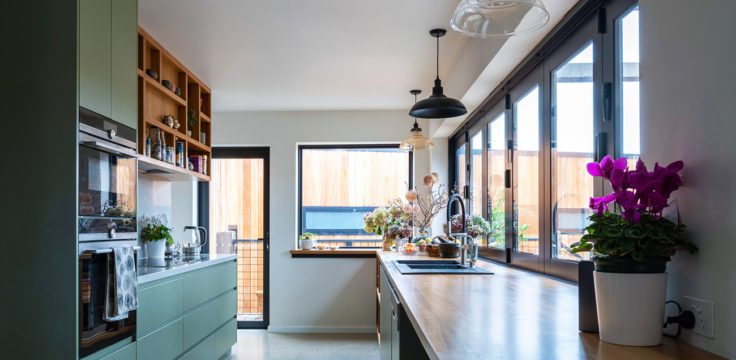-
what we do
We are here to empower you to live your best possible life through comprehensive financial advice. We do this by getting to know you and what is most important to you and developing a strategy tailored to your unique situation.
- Financial Planning
- Wealth Management
- Lending
- Wealth Protection
-
about us
Invest Blue has a number of offices conveniently located in rural, coastal and city locations across QLD, NSW, ACT, TAS and VIC. All of our offices are supported by an operations team of technical advice, research, client experience, compliance and IT specialists.
-
financial education
Explore a range of topics to broaden your financial knowledge and access useful tools and resources to help you get a better understanding of your financial position and where you have the opportunity to make improvements.
- Knowledge Centre
- Calculators
- Our Updates
- Book here
- Login
-
It's possible
understanding with invest blue

9 tips for first home buyers
There's a lot to get your head around as a first home buyer, particularly when it comes to saving money in the short and long term.
Did you know the majority of first home buyers in Australia are taking just under four years to save for a deposit on a home loan1?
If you’re thinking about, or aren’t far away from putting some money down on your first home, we look at some of the statistics and major pointers you’ll want to know upfront.
The current state of affairs
According to research on first home buyers in Australia2:
- 62% say they are concerned about their ability to save for a deposit
- 33% admit to needing financial help or assistance from their parents to get into the market
- 65% say they are looking to purchase with their partner
- 64% are looking to be owner occupiers, while 35% are looking to rent their property out.
Pointers for first-timers
1. Determine the costs
It’s not just the purchase price of the property you’ll need to budget for. There will be added costs such as stamp duty, legal fees and interest charges, which also have the potential to rise and fall.
For a breakdown of the upfront and ongoing costs you’re likely to come across, check out our article – How much does it really cost to buy property?
2. Set a workable budget
Lenders generally ask for a minimum deposit of between 10% and 20%. Others may offer you finance without this if a family member pays the deposit, signs as guarantor or goes in as a co-borrower.
ASIC says aiming for a deposit of 20% or more of the purchase price, plus enough to cover added costs, is a good goal to have3.
3. Look into your credit history
A bad credit report could affect your ability to get approval on a loan.
4. Research the areas you’re keen on
To ensure you buy something you love and for the right price, things to investigate include:
- property prices in the suburbs you’re interested in
- the distance from family, friends and work
- rental returns and vacancy rates if you’re renting your property out
- off-street parking and local amenities, such as schools, shops and transport
- whether you’ll need to renovate and if you have the extra funds available to do this
- price growth potential in the suburbs you’ve shortlisted for capital gains purposes
- proposed developments in the area in case they impact the value of your property.
Our First Home Buyers Guide will help walk you through the process; from deciding whether buying is best for you, to some definitions to help you break through the jargon.
download our First Home Buyers Guide
5. Explore government assistance options
The First Home Owner Grant is a national scheme. If you’re unsure about eligibility, contact your state revenue office and be sure you apply with enough time.
Certain state and territory governments also offer additional incentives to first home buyers, some which involve stamp duty concessions, so take some time to research these too.
6. Investigate home loans
Depending on whether you’re after a basic package or one with added features, home loans can vary a lot when it comes to interest rates and fees.
You should also consider the potential advantages of various home loan features, which may allow you to make extra repayments, redraw funds, or use an offset account which can reduce the interest payable.
Remember, it’s worth shopping around to find the best deal and also asking your lender if they can do better than the rate that is being advertised.
7. Familiarise yourself with the comparison rate
When you see a home loan advertised, you’ll see two rates displayed—the interest rate and the comparison rate, which incorporates the annual interest rate as well as most upfront and ongoing fees.
Some home loans, with lower interest rates, are laden with fees, so while they appear cheap, they aren’t. The comparison rate reveals this and enables you to compare loans more accurately.
8. Get your finances in order
It’s a good idea to have your loan pre-approved so you know exactly what you can borrow. You’ll also need formal approval closer to purchasing and to have your deposit ready, or you may miss out.
As part of the process your lender will advise if lender’s mortgage insurance is required, although this is usually only the case when you’re borrowing over 80% of the purchase price.
9. Don’t forget inspection reports
These inspections will alert you to structural problems or defects that may not be visible to the eye—asbestos, termites, electrical, ventilation and serious plumbing faults.
Meanwhile, a strata report, if you’re buying a townhouse or apartment, can tell you whether the property is well run, well maintained and adequately financed.
Further assistance
If you’d like to talk to an Invest Blue home loan specialist, you can contact us here.
1 https://www.finder.com.au/press-release-nov-2016-one-in-three-first-home-buyers-stuck-saving-for-a-deposit-for-over-five-years
2 https://www.finder.com.au/press-release-june-2016-first-home-buyer-fears
3 https://www.moneysmart.gov.au/life-events-and-you/life-events/buying-a-home
Source: AMP
It’s important to consider your particular circumstances and read the relevant Product Disclosure Statement or Terms and Conditions before deciding what’s right for you. This information hasn’t taken your circumstances into account.
This information is provided by AMP Life Limited. Read our Financial Services Guide for information about our services, including the fees and other benefits that AMP companies and their representatives may receive in relation to products and services provided to you. All information on this website is subject to change without notice.
What you need to know
This information is provided by Invest Blue Pty Ltd (ABN 91 100 874 744). The information contained in this article is of general nature only and does not take into account the objectives, financial situation or needs of any particular person. Therefore, before making any decision, you should consider the appropriateness of the advice with regards to those matters and seek personal financial, tax and/or legal advice prior to acting on this information. Read our Financial Services Guide for information about our services, including the fees and other benefits that AMP companies and their representatives may receive in relations to products and services provided to you.
You may also like













